 Photo courtesy of Amazon.com web page.
Photo courtesy of Amazon.com web page. “As a defense journalist Stephen Harding covered the conflicts in Northern Ireland, the Middle East and, most recently, Iraq. The author of seven (now eight) books and some 300 magazine articles, he specializes in military, aviation and maritime topics.”
Steve is a war veteran himself. When he writes, he does so from the perspective of someone who has been there. In the blog I related that Steve was preparing to write a book about the DD 467 and Hugh Barr Miller, Jr.'s ordeal on Arundel Island. Before he could begin work on this book, he had another book commitment. He recently turned in the finished manuscript for the book he wrote telling the story of Anthony Marchione, the last American military man to die after the accords were signed with Japan in August of 1945. This book will be released in August of 2015, on the 70th anniversary of the death of Tony Marchione. Now finally, he is busy pulling together the story of STRONG and Miller, set for release some time in 2016. It seems though, that The Last Battle, released in May of 2013 is enjoying a deserved second wind.
Within a few short weeks of its release, The Last Battle ended up on the New York Times best-seller list. Concurrent with Steve writing the book, a screenplay was developed for the story by Bryce Zabel, an accomplished screenwriter from Los Angeles, responsible for many television and movie projects. For more information about Bryce and his work click here: http://www.imdb.com/name/nm0007233/
Shortly after the screenplay for The Last Battle was developed, the rights were optioned for a major motion picture. More than a few “major players” in Hollywood have had the script in hand (I wish I could reveal some of these folks, but until one of them steps up with a commitment, I must stay mum) and there has been an increase in these discussions lately. Also, as part of the promotion for the book last year, Steve gave a number of interviews with various radio stations and these are available on line. Recently these interviews are being rerun by these stations and it has caused an uptick in sales of The Last Battle, bringing the story of Jack Lee and the allied forces, the castle Schloss Itter and the French honor prisoners back into the public eye. I asked Steve about the impact of these types of interviews and got a nice quote to share with you. According to Steve, "Doing interviews with national media outlets—whether radio, TV or print—does two things for an author. First, of course, it makes people aware of the book. But I think, more importantly, it allows the author to explain why he or she wrote the book in the first place— to explain what drew the author to the story. The author can also tell prospective readers about the researching and writing of the book, which is a part of the process most readers won't hear about except in an interview."
There is no doubt in my mind that the story of The Last Battle will have its day in front of a camera with a major director giving it life. I've discussed this with Steve many times, and while he's very hopeful and genuinely pleased at the response to his work, he is not worried in the least if it doesn't happen. He loves telling the stories that no one has heard before, such as the story of STRONG. Everyone knows about Iwo Jima, Pearl Harbor and the Battle of the Bulge. Bringing the little known or never told stories to life is a mission he takes very seriously, as there are ordinary heros in our own families that never got the respect and honor they should have after surviving (or not surviving) tragic circumstances.
These past interviews give the public an idea of what to expect from the books, and they can give us a taste of things to come, and things to hope for when we think of telling the story of the men of STRONG and their various experiences. There will be the same such interviews when it's time for the release of this book he is writing that tells our story. Because I want us all to understand and know the caliber of the person we are trusting with this story, I'm posting links to some of these interviews for you to watch and listen to. Please click and enjoy! And don’t forget to read The Last Battle!
Clay and Marty Show Segment 1: http://www.youtube.com/watch?v=fnLk7jl6I-Q
Clay and Marty Show Segment 2: http://www.youtube.com/watch?v=WsQgJOli_YU
Vimeo Link: http://www.youtube.com/watch?v=un2aEXwh720
-Tammi
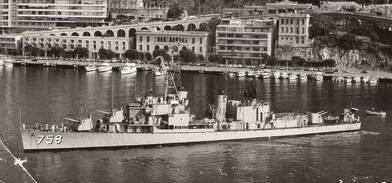
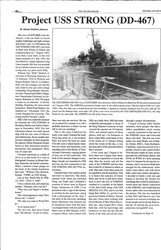
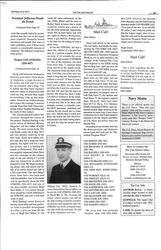
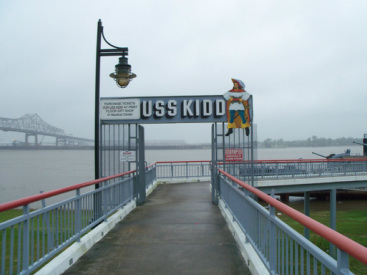
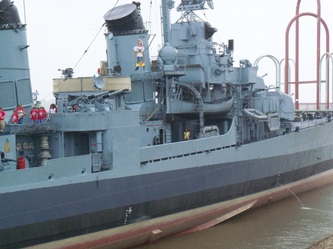
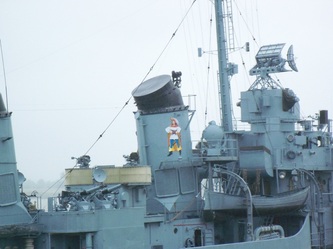
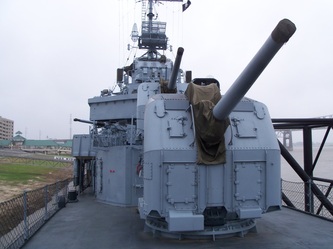
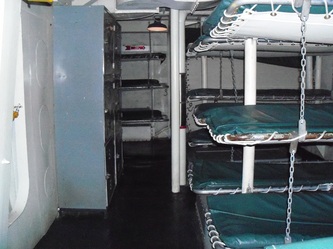
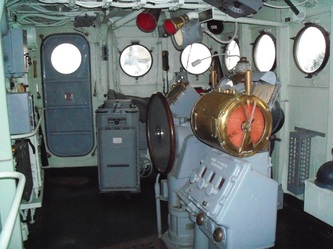
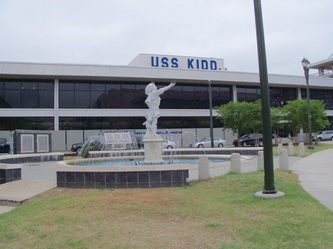
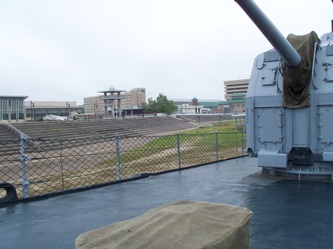
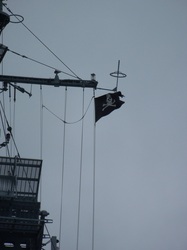
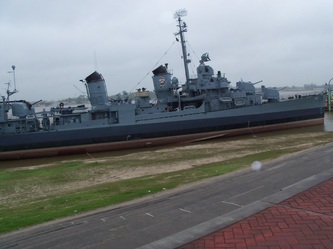
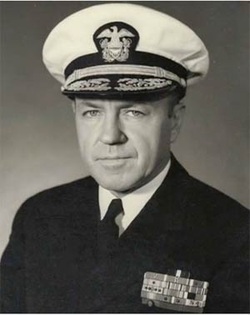
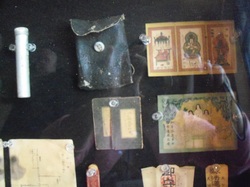
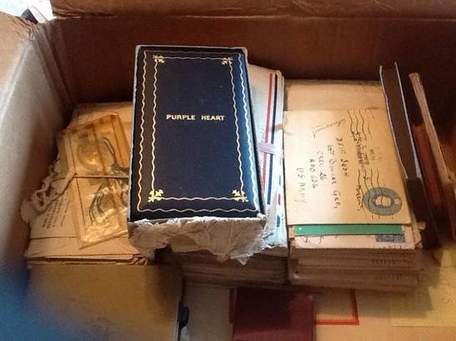
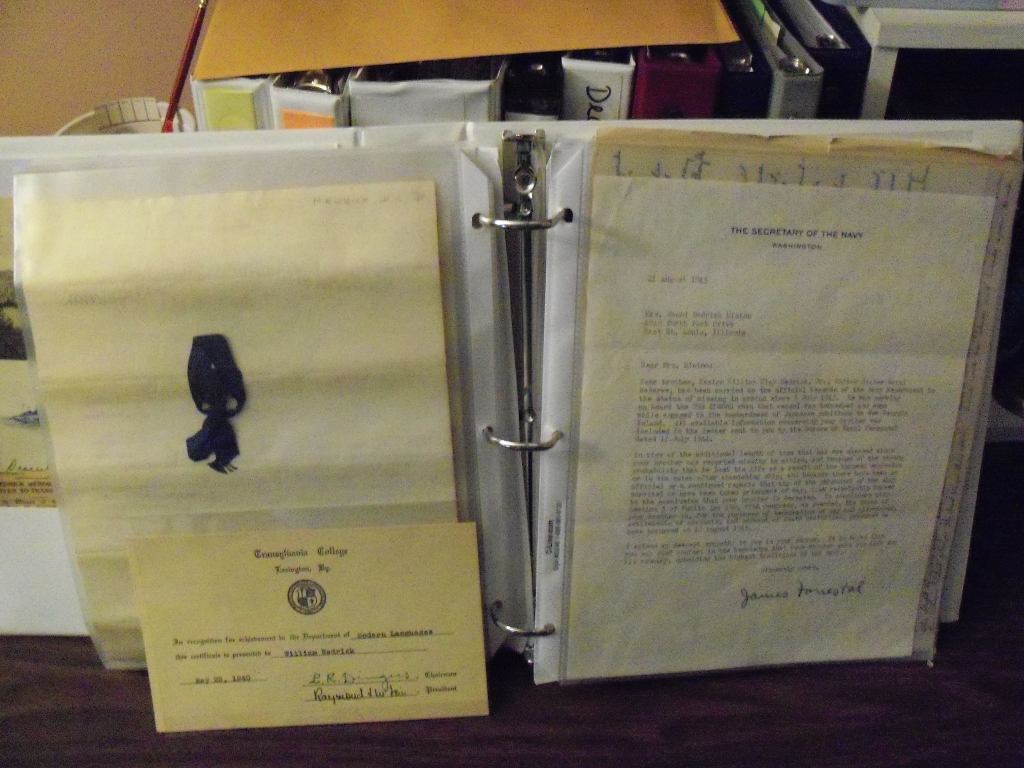
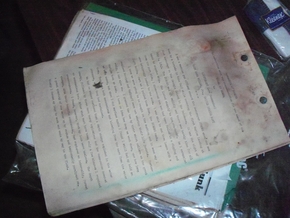
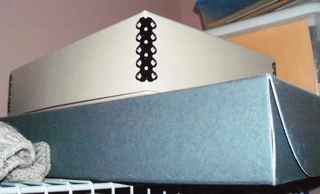

 RSS Feed
RSS Feed